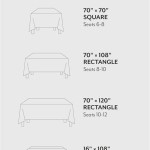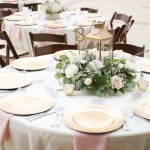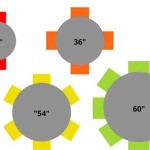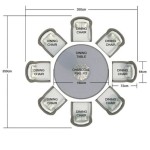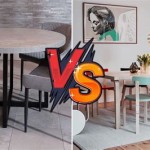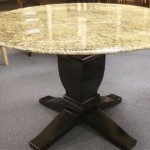How To Make A Backdrop Out Of Plastic Tablecloths
Plastic tablecloths offer a cost-effective and versatile solution for creating backdrops for various events, from birthday parties to professional photo shoots. Their availability in a wide array of colors and patterns makes them adaptable to diverse themes and aesthetics. This article will outline several methods for constructing backdrops using plastic tablecloths, providing step-by-step instructions and helpful tips for achieving professional-looking results.
Method 1: The Simple Drape
This method is ideal for quickly creating a backdrop with minimal effort. It works best with larger, rectangular tables or existing structures that can serve as support. Begin by selecting the desired tablecloth color and size. Ensure the tablecloth is large enough to cover the designated area, allowing for some draping or gathering.
Drape the tablecloth over the supporting structure, ensuring it hangs evenly. If using a table, the tablecloth can simply be placed over the top, allowing it to cascade down the sides. Adjust the draping to achieve the desired aesthetic. For a more gathered look, bunch the tablecloth at intervals along the supporting structure. Secure the tablecloth with clips, tape, or safety pins, ensuring these fasteners are hidden from view.
Method 2: The Wall-Mounted Backdrop
This method is suitable for creating a more permanent backdrop against a wall. Start by measuring the wall space to determine the required tablecloth dimensions. Multiple tablecloths may be needed for larger areas. Consider overlapping tablecloths slightly to create a seamless appearance.
Secure the tablecloths to the wall using adhesive tape, tacks, or staples. Start at the top corners and work downwards, ensuring the tablecloth remains taut and wrinkle-free. Overlap adjacent tablecloths by a few inches to prevent gaps. Trim any excess tablecloth material with scissors for a clean finish.
Method 3: The Free-Standing Backdrop
A free-standing backdrop provides flexibility in placement and can be easily moved. This method requires a supporting structure such as a backdrop stand, PVC pipe frame, or even a clothesline strung between two sturdy points. Choose a structure that suits the size and weight of the intended backdrop.
Attach the tablecloth to the frame using clips, zip ties, or safety pins. Ensure the tablecloth is evenly distributed and taut. For a layered look, multiple tablecloths can be used, creating depth and visual interest. Consider using different colors or patterns to add dimension.
Method 4: The Gathered Backdrop
This method creates a textured, voluminous backdrop. It works well with lightweight tablecloths and can be applied to wall-mounted or free-standing structures. Begin by gathering the tablecloth along one edge, creating folds or pleats. Secure the gathered edge to the supporting structure using clips, tape, or ties. Repeat this process along the remaining edge(s), adjusting the gathering to achieve the desired fullness.
Tips for Enhancing Your Plastic Tablecloth Backdrop:
Adding embellishments can elevate a simple plastic tablecloth backdrop. Consider incorporating elements such as balloons, ribbons, lights, or floral garlands. These additions can enhance the theme and create a more polished appearance.
Lighting plays a crucial role in the overall effect. Strategically placed lights can highlight the backdrop's texture and color, creating a more dramatic and professional look. Consider using uplighting, string lights, or spotlights to achieve the desired ambiance.
Proper preparation is key to a successful backdrop. Ironing the tablecloths before use can eliminate wrinkles and create a smoother, more refined finish. A low heat setting is recommended to avoid damage to the plastic.
Seamless backdrops can be achieved by carefully overlapping multiple tablecloths. Ensure the overlap is consistent and secure to prevent visible seams. Trimming excess material can further enhance the seamless effect.
Choosing the right color and pattern is crucial for creating the desired atmosphere. Consider the event's theme and overall aesthetic when selecting tablecloths. Solid colors offer a classic, versatile option, while patterned tablecloths can add a touch of personality and visual interest.
By following these methods and tips, one can effectively utilize plastic tablecloths to create stunning backdrops for a variety of occasions. The versatility and affordability of this material make it an excellent choice for both simple and elaborate events.

Photo Booth Backdrop Makoodle

Diy Pinata Fringe Photo Backdrop A Kailo Chic Life

Diy Pinata Fringe Photo Backdrop A Kailo Chic Life

The Easiest Diy Fringe Tablecloth Party Backdrop Ever

D I Y Photo Booth Backdrop For 10 The Thinking Closet

Easy Diy Fringe Backdrop A Step By Tutorial

Photo Booth Backdrop Makoodle

How To Make An Easy Party Backdrop Des And Sses

D I Y Photo Booth Backdrop For 10 The Thinking Closet

Diy Approved How To Make A Streamer Fringe Backdrop Using 0 99 Tablecloths Event Planning
Related Posts


